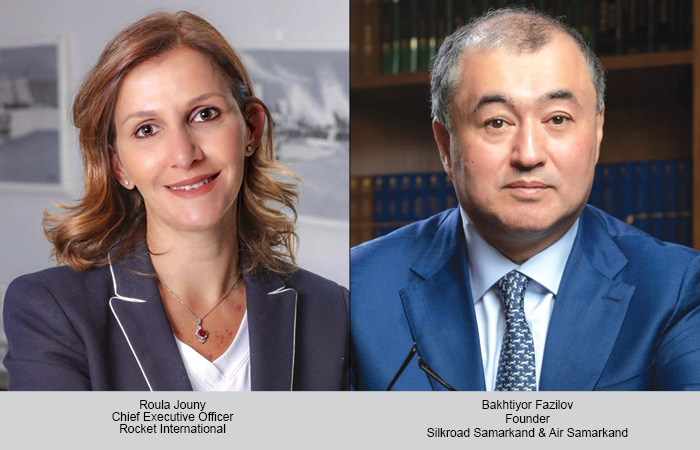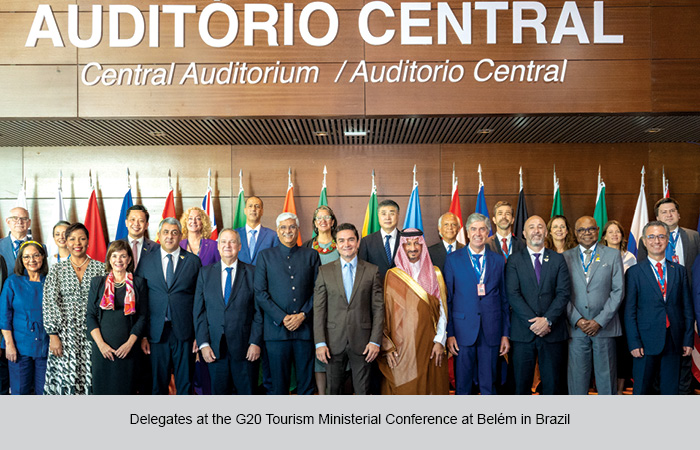The Philippines is a nation that knows how to celebrate life, culture, and tradition in grand style. Across its 7,641 islands, a dazzling array of festivals showcases the heart and soul of this vibrant archipelago. From colourful parades to religious processions, these festivals offer a unique glimpse into the rich tapestry of Filipino culture.
Let’s uncover some of the most captivating and culturally significant Philippine Festivals that define the country.
Sinulog Festival (Cebu): Held on the third Sunday of January, the Sinulog Festival in Cebu City honours the conversion of locals to Christianity. It features a grand parade with thousands of participants in vibrant costumes dancing to the rhythmic beat of drums, all while chanting “Pit Senyor!” (Hail, Lord!). The Sinulog Festival is a testament to the deep Catholic faith of Cebuanos, and it’s a dynamic fusion of religious devotion and exuberant festivity.
Ati-Atihan Festival (Kalibo, Aklan): The Ati-Atihan Festival in January honours the Santo Niño (Child Jesus). This lively event commemorates the arrival of Malay settlers in Panay Island and involves participants painting their faces with black soot, donning tribal attire, and dancing in the streets to the beat of drums. Rooted in both spirituality and tradition, the Ati-Atihan Festival radiates a genuine sense of camaraderie and community, making it a unique and spirited celebration that immerses visitors in the rich history and warm hospitality of Kalibo.
Dinagyang Festival (Iloilo, City): This festival is a thrilling showcase of faith and festivity as it commemorates the arrival of Christianity to the island. Expect intense drumming, captivating street dancing, and participants in elaborate warrior costumes. It’s a dazzling spectacle that engulfs visitors in the infectious energy and rich traditions of Iloilo, leaving a lasting impression of unity and faith.
Panagbenga Festival (Baguio): Known as the “Flower Festival,” Panagbenga , is a breathtaking tribute to the city’s cool climate and vibrant flowers that is celebrated in February in Baguio City. It’s a month-long extravaganza of floats adorned with colourful flowers, street dancing, and an overall celebration of the city’s blossoming flora. Panagbenga is not just a visual delight but a celebration of nature’s beauty and the resilience of the Baguio community after the devastating 1990 Luzon earthquake.
Pahiyas Festival (Lucban, Quezon): In May, the Pahiyas Festival in Lucban showcases a dazzling display of creativity and gratitude for a bountiful harvest. Houses are adorned with colourful rice, fruits, vegetables, and other agricultural products. The festive atmosphere is further heightened by street parades, traditional music, and cultural performances.
Moriones Festival (Marinduque): Marinduque’s Moriones Festival takes place during Holy Week, featuring masked penitents dressed as Roman soldiers. The festival reenacts the story of Longinus, the Roman centurion who pierced Jesus’s side during the Crucifixion. The festival combines religious devotion with a colorful and theatrical flair, making it an intriguing and visually captivating experience.
Kadayawan Festival (Davao City): Kadayawan, celebrated in August, is a week-long festival in Davao City. It’s a celebration of the city’s cultural heritage, with activities including street dancing, floral floats, and various events highlighting the city’s abundant fruits and indigenous culture. Kadayawan is an opportunity for the people of Davao to express gratitude for the gifts of nature and the rich tapestry of cultures that make the city unique.
Penafrancia Festival (Naga City, Bicol): In September, the Penafrancia Festival in Naga City pays homage to Our Lady of Penafrancia. The highlight is the fluvial procession where the miraculous image of the Virgin Mary is carried by boat along the Bicol River. The festival exudes a strong sense of spirituality and unity among the people of Bicol, creating a captivating atmosphere of devotion, prayer, and cultural heritage.
Higantes Festival (Angono, Rizal): In November, the Higantes Festival in Angono celebrates the town’s patron, San Clemente. Enormous papier-mâché figures, called “higantes,” are paraded through the streets in a lively procession. The festival is not only a visual spectacle but also a reflection of the town’s cultural and historical roots. It celebrates Angono’s vibrant art scene, as local artisans create these giant figures with intricate designs and vibrant colors.
The Philippines’ festivals are a testament to the nation’s deep-rooted traditions, religious fervour, and boundless creativity. These celebrations not only bring communities together but also offer visitors an opportunity to witness the Philippines’ vibrant cultural tapestry in all its glory. Whether you’re captivated by colourful processions, grand street performances, or mouthwatering feasts, these festivals unveil the heart and soul of this beautiful country.
About the Department of Tourism – Philippines
The Department of Tourism (DOT) is the government agency responsible for promoting the Philippines as a premier travel and tourism destination. Committed to showcasing the country’s rich cultural heritage, stunning natural landscapes, and warm hospitality, the DOT works to enhance the Philippines’ reputation as a must-visit location for both local and international travellers.
 TravTalk Middle East Online Magazine
TravTalk Middle East Online Magazine






